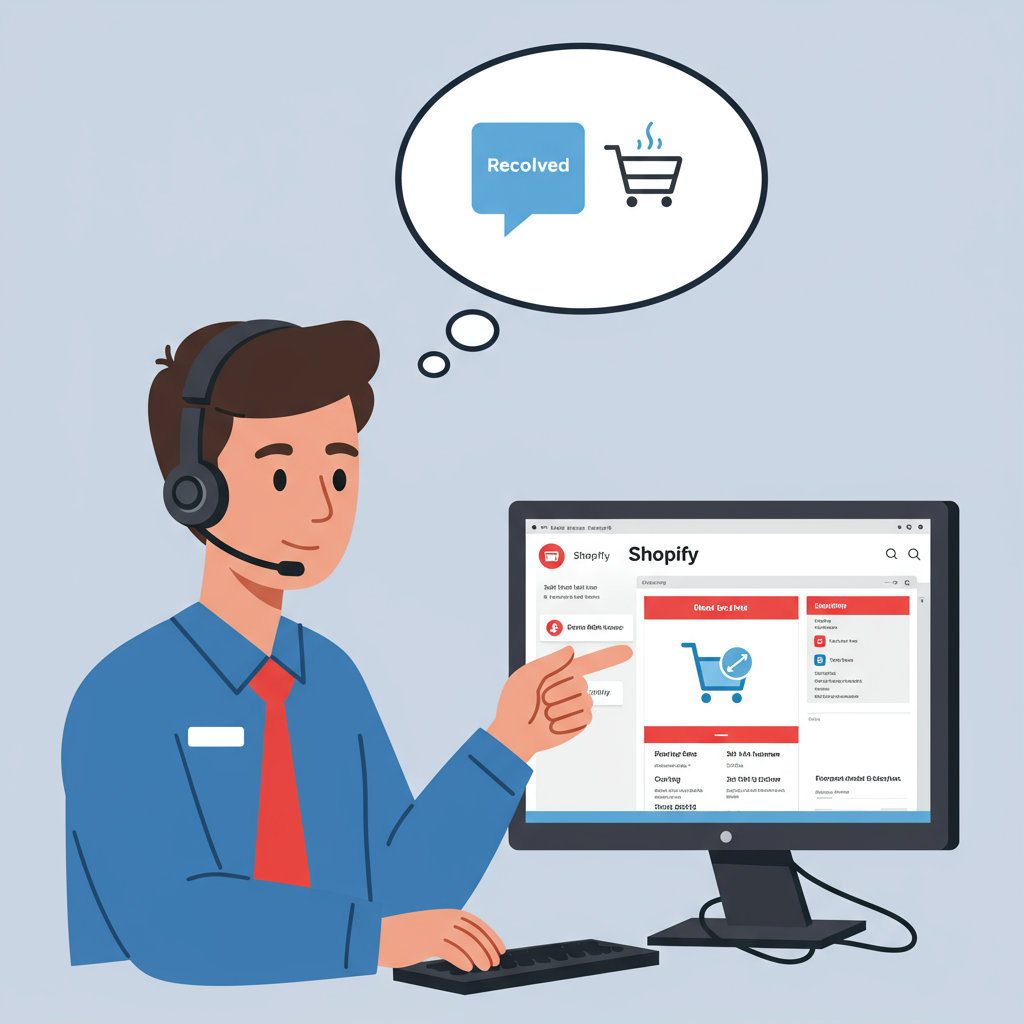Turning Angry Encounters into Opportunities for Loyalty and Growth.
As a Shopify merchant, I know firsthand that running an online store is incredibly rewarding. We pour our hearts into our products, our branding, and creating a seamless shopping experience for our customers.
However, despite our best efforts, there will inevitably be moments when a customer isn’t just dissatisfied, but genuinely angry. It’s a tough pill to swallow, especially when you feel you’ve done everything right.
But here’s the crucial insight I’ve gained: an angry customer isn’t just a problem; they’re an opportunity. An opportunity to demonstrate exceptional service, to build trust, and potentially turn a negative experience into a fiercely loyal advocate.
My goal with this article is to share my strategies and insights on how to effectively handle angry customers on Shopify, transforming those challenging interactions into positive outcomes for your business.
First, let’s acknowledge why customers get angry. Often, it’s not personal. It could be a delayed shipment, a product that didn’t meet expectations, a misunderstanding about a policy, or even an issue completely unrelated to your store that’s simply spilling over.
Understanding the root cause, even if it’s not directly your fault, is the first step towards de-escalation. They’re frustrated, and they’re looking for a resolution, or at the very least, to be heard.
My golden rule when faced with an angry customer is to remain calm. It’s incredibly difficult when you feel attacked, but reacting emotionally will only escalate the situation.
Remember, their anger is directed at the situation or the perceived problem, not necessarily at you as an individual. Maintaining a professional and composed demeanor is paramount.
The next critical step is active listening. This means truly hearing what the customer is saying, not just waiting for your turn to speak. Let them vent, let them explain their frustration fully without interruption.
I often find it helpful to take notes during their explanation, jotting down key details, dates, order numbers, and specific complaints. This shows them you’re paying attention and helps you formulate a precise response.
Once they’ve finished, validate their feelings. Phrases like, “I understand why you’re feeling frustrated,” or “I can see how that would be upsetting,” can go a long way. You’re not admitting fault, but you are acknowledging their emotional state.
Empathy is your most powerful tool here. Put yourself in their shoes. How would you feel if you were in their situation? This perspective shift can help you respond with genuine understanding.
Next, offer a sincere apology. Again, this isn’t necessarily an admission of guilt, but an apology for the inconvenience or the negative experience they’ve had. “I’m truly sorry for the trouble this has caused you,” is a powerful statement.
After listening and empathizing, it’s time to move towards a solution. This is where your knowledge of your Shopify store’s policies and products comes into play.
Present clear, actionable solutions. This might involve offering a refund, a replacement product, a store credit, a discount on a future purchase, or a combination of these. Be transparent about what you can and cannot do.
Sometimes, the best solution is simply to explain the situation clearly and offer an an alternative. For instance, if a product is out of stock, explain why and offer a pre-order option or a similar item.
It’s important to set clear expectations for the resolution process. If you’re shipping a replacement, provide tracking information and an estimated delivery date. If it’s a refund, explain the timeline for it to appear on their statement.
I always make sure to document every interaction within Shopify’s customer notes section. This includes the initial complaint, the steps taken, and the resolution offered. This is invaluable for future reference and team consistency.
Following up is a small but mighty gesture. A quick email or message a few days after the resolution to ensure everything is satisfactory can solidify a positive impression and show you truly care.
Beyond individual interactions, I constantly ask myself: What can I learn from this? Was there a systemic issue? Could our product descriptions be clearer? Is our shipping process failing somewhere?
This feedback, even when delivered angrily, is a goldmine for improving your Shopify store. Use it to refine your processes, update your FAQs, or even adjust your product offerings.
There will be rare occasions when a customer’s demands are unreasonable, or their behavior becomes abusive. In these instances, it’s okay to set boundaries. You are not obligated to tolerate abuse.
Clearly state what you can and cannot do, and if necessary, politely inform them that you will have to end the conversation if the abusive language continues. Knowing when to say “no” is a crucial skill.
Shopify’s platform offers tools to help. Utilize customer tags to categorize issues, use order notes for detailed communication logs, and leverage automated emails for updates, which can proactively reduce frustration.
Finally, remember to take care of yourself. Handling angry customers can be emotionally draining. Step away for a few minutes if you need to, and don’t let one negative interaction overshadow the many positive ones.
What do you think about these strategies? Have you found other methods particularly effective in your own Shopify business? I’d love to hear your insights.
By approaching angry customers with calm, empathy, and a solution-oriented mindset, you not only resolve immediate issues but also build a reputation for excellent customer service.
This commitment to customer satisfaction is what truly differentiates a successful Shopify store and fosters the kind of loyalty that drives long-term growth.






